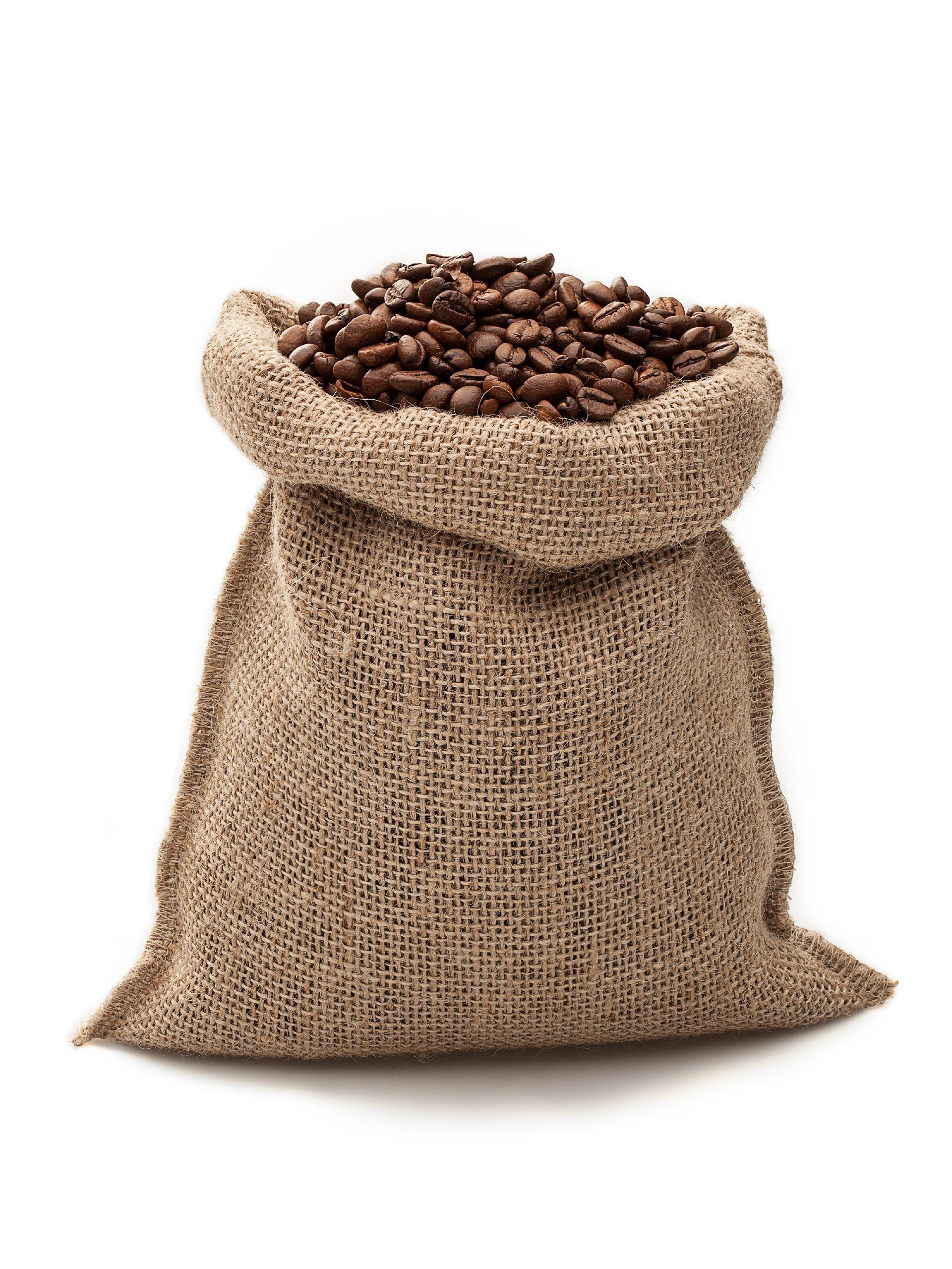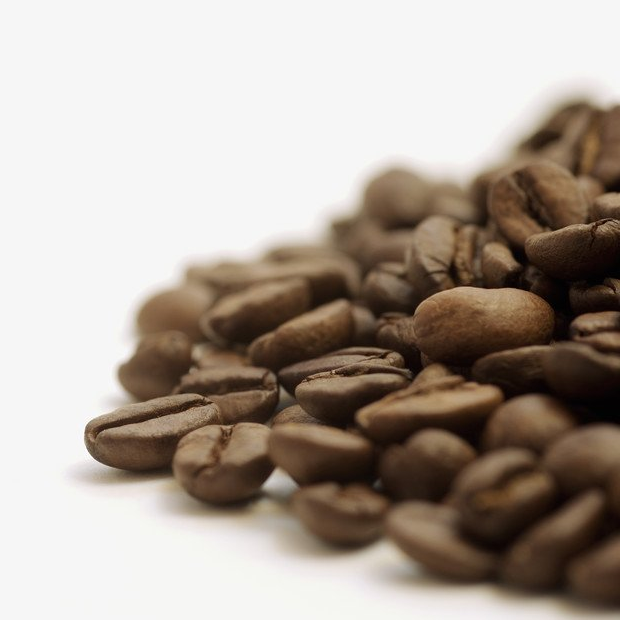How to set a Coffee Grinder to make Espresso Coffee on a Traditional Espresso Machine from your Coffee Beans
Brian Longley • 10 June 2020
Coffee Beans, Espresso Machines, Coffee Grinder to Ground Coffee to Espresso Coffee

Espresso Coffee, Grinders and Espresso Machines all add up to make Espresso Coffee
After perfecting your coffee blend and getting the roast profile of your coffee beans just right. (We've done that for you, Check out Blend 34 Coffee Beans Shop our online store now)
Setting your coffee bean grinder correctly for roast coffee beans arguably affects your final brewed espresso coffee the most. So let's find out how to dial in the grinder.
Firstly identify how fine or course your desired brew method requires your fresh roast coffee beans to be as ground coffee. For this blog we're examining the process of espresso coffee and as such need espresso ground coffee. It has its own name for the profile to go along with the traditional espresso machine, not just ground coffee beans; fine or coarse. Showing how important it can be; espresso grind is finely ground coffee beans allowing resistance to the high pressure extraction method from traditional coffee espresso machines. Within the espresso coffee beans ground category, different coffee beans and different roasts will also need adjustments to the coffee grinder so the profile of the grind allows the espresso coffee extraction to be optimum.
We go into more detail on the different grind profiles and coffee grinder in other blogs which can be found here. But for now let's take espresso coffee beans to be ground as the example as this has a dramatic affect on the final pulled espresso coffee, and the changes to the espresso coffee can be dramatically seen when operating the espresso machine.The volume of water for espresso coffee is also important. With an automatic espresso machine this can be set in many ways, with a semi automatic espresso machine you need to actually time yourself. For the purpose of this blog let's assume the espresso machine levels, coffee beans and pump pressure etc are correct and focus on the single aspect of the grinder to address your espresso coffee. If your espresso machine settings are incorrect get in touch
for prices for setting the machine and basic barista training.
Assuming the Espresso Machine and Coffee Beans are right, How do you set a Coffee Grinder?
So with only the coffee beans grinder needing to be adjusted let's begin. This is very much a process of trial and error and as such it's important to make sure each puck (ground coffee that goes into the portafilter for extraction) has a consistent grind. That is don't mix and match your ground coffee trials, waste a little coffee (I know, it's a crime) on each trial now to achieve the prolonged elixir of perfect espresso. Beyond that it's about dialling it in
.
So how do we start? Grind some fresh roasted coffee beans. No seriously grind some fresh roast coffee beans. Just grind some fresh roast coffee beans on the setting the coffee grinder is at and see what it looks like. You can't set the grinder to ground coffee precisely, but you can get an idea of where you are starting. With espresso grind for espresso machines or to create espresso coffee you're looking for the grinder to produce fine ground coffee, finer than most sand in fact so if you can see large coarse bits of coffee beans or the grinder struggles to grind the coffee beans adjust grinder settings until it looks like a fine ground coffee. Don't worry if you're not sure what fine looks like, when you complete the process you'll have an understanding that can go on with you to the next coffee beans grinder setting.
Some people at this point will rub ground coffee beans in their hands and proclaim too coarse or too fine, after years of training I can say that it's pretty much the same as looking at it, it's rare that there is enough sensitivity in the nerves of the hand to allow the person to set a grinder like this precisely. Combined with their years experience of different coffee beans and grinder settings, the look of the ground coffee beans and to a limited degree the feel, they will have an idea of roughly where that ground coffee sits on the scale of ground coffee. The only other thing rubbing ground coffee in your hand allows is the oils of the coffee transfer onto your skin and can be seen. Old and stale ground coffee beans typically have much less oil present. We'll examine other aspects in future blogs.
Trial and Error to set your Coffee Grinder to produce the best Espresso Coffee from your Coffee Beans and Espresso Machine
So you may have adjusted your grinder to a different setting, you may not. You may have just rubbed ground coffee beans into your skin for the caffeine kick. Either way it's time to pull a shot of espresso coffee. We've assumed for the purpose of this blog that all other factors of your espresso machine and grinder are set e.g. water quantity, coffee quantity so that the only thing affecting the coffee, the pulled espresso coffee, is the coarseness of the ground coffee.
So pull one and see what happens. (Remember some coffee espresso machines have pre infusion, you can usually hear the pause, and this doesn't affect settings for the grinder but factor it in when timing the pause before you see that lovely espresso coffee start to pour through).
Ideally we want a short pause before the espresso coffee starts to come through; 3-5 seconds then a smooth and thick, unbroken stream of opaque espresso coffee stream, almost in slow motion from the beak of the handle for the next 20-30 seconds. This is where we can now deduce whether our ground coffee is too fine or too coarse: if there's no pause and a stream of partially transparent coffee comes through in record time the ground coffee is too course; if it takes longer than 3-5 seconds to start to appear, comes through in a broken stream or takes longer than 30 seconds the ground coffee is too fine.
If the ground coffee is too coarse, discard the spent coffee puck and ground coffee, adjust grinder to a finer setting and repeat with fresh ground coffee beans. If the ground coffee is too fine, discard the spent coffee puck and ground coffee, adjust grinder to a coarser setting and repeat with fresh ground coffee beans. Repeat this process until the ground coffee is producing the ideal espresso coffee. Another indicator that can be used to aid in deduction is the spent ground coffee puck, it should when knocked out hold its shape in one or two pieces and should not hold water and look like there's water in there, neither should it appear too dry.
Espresso Machine, Coffee Beans and Grinder all affect the final Espresso Coffee
With these processes followed you should have the coffee grinder perfectly set for your espresso machine and be producing lovely espresso coffee time after time with your preferred ground coffee beans, give Blend 34 a go click to shop our online store. It's also important to note that there are ranges given for all manner of espresso machine and espresso coffee measures but they allow a starting point to work from to find the best extraction for your fresh roast coffee beans; 7g of fine coffee, 1oz of water, 4 seconds until appearance of espresso, 24 second to complete extraction (28 seconds in total) at 94 degrees celcius is a good place to start. Then it's about fine tuning to taste.
We've assumed that the only thing wrong in this example is the coffee grinder setting and that the ground coffee is too coarse, too fine or not initially set. If there are still issues with your final espresso coffee or espresso machine there may be other problems with your grinder, handles, baskets, seals, temperature, beans or espresso machine, the list goes on. Whatever it is get in touch
with us and we can help with diagnosing the problem and getting it fixed.
There are many other aspects to setting up a traditional espresso machine that also need to be addressed to produce top quality espresso coffee from your preferred coffee beans, we'll address in future blogs.
For now though, you should be able to have a go at setting the grinder for your espresso machine and test out those coffee beans as espresso coffee.
Don't worry if you don't feel comfortable, we can help. Get in touch
for barista training prices and espresso machine install and setup prices.









